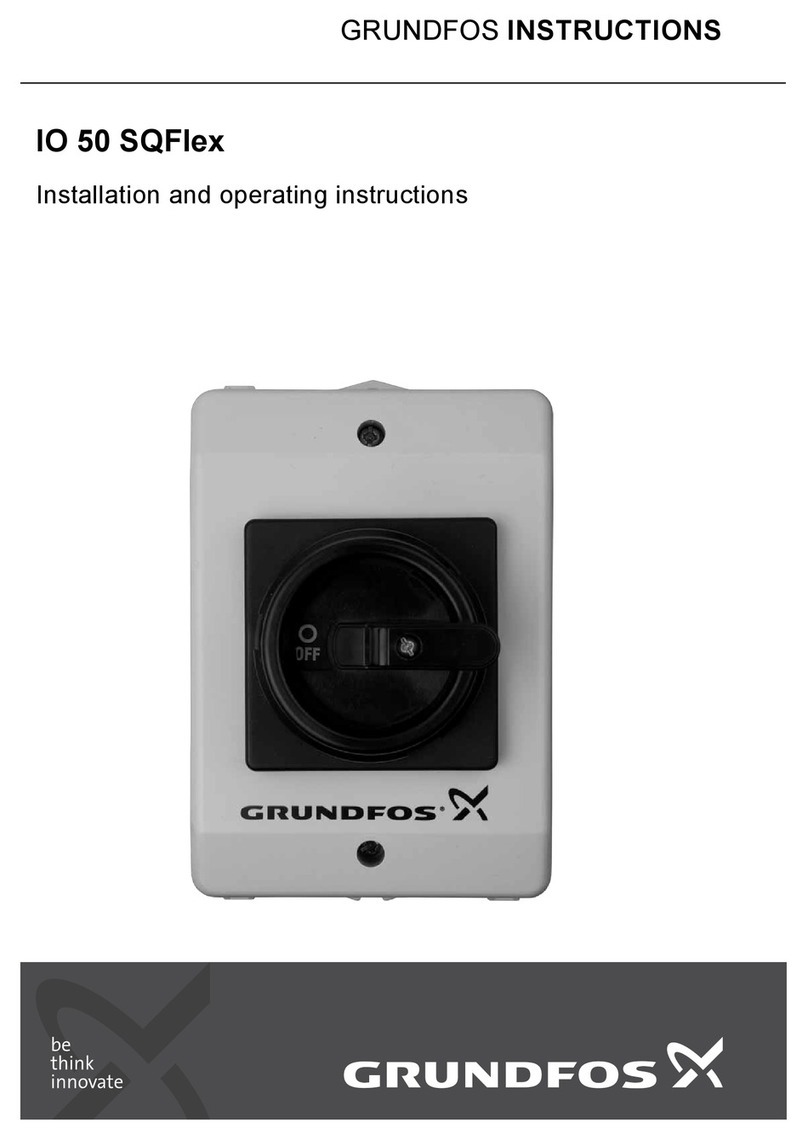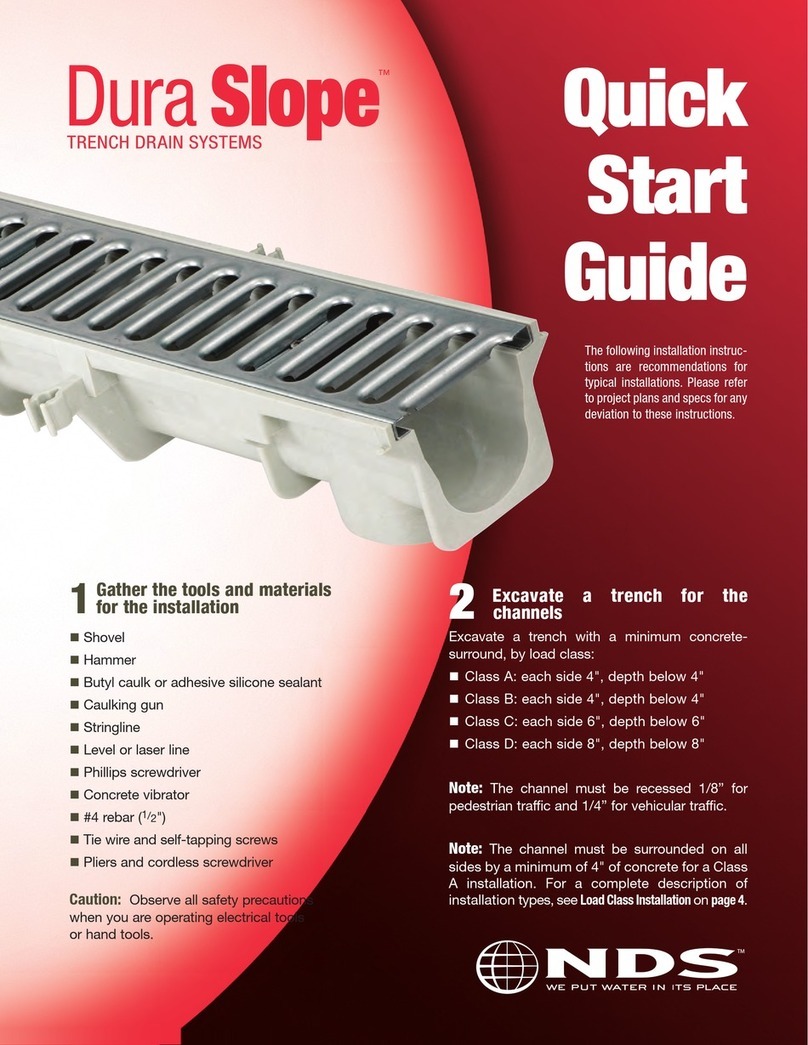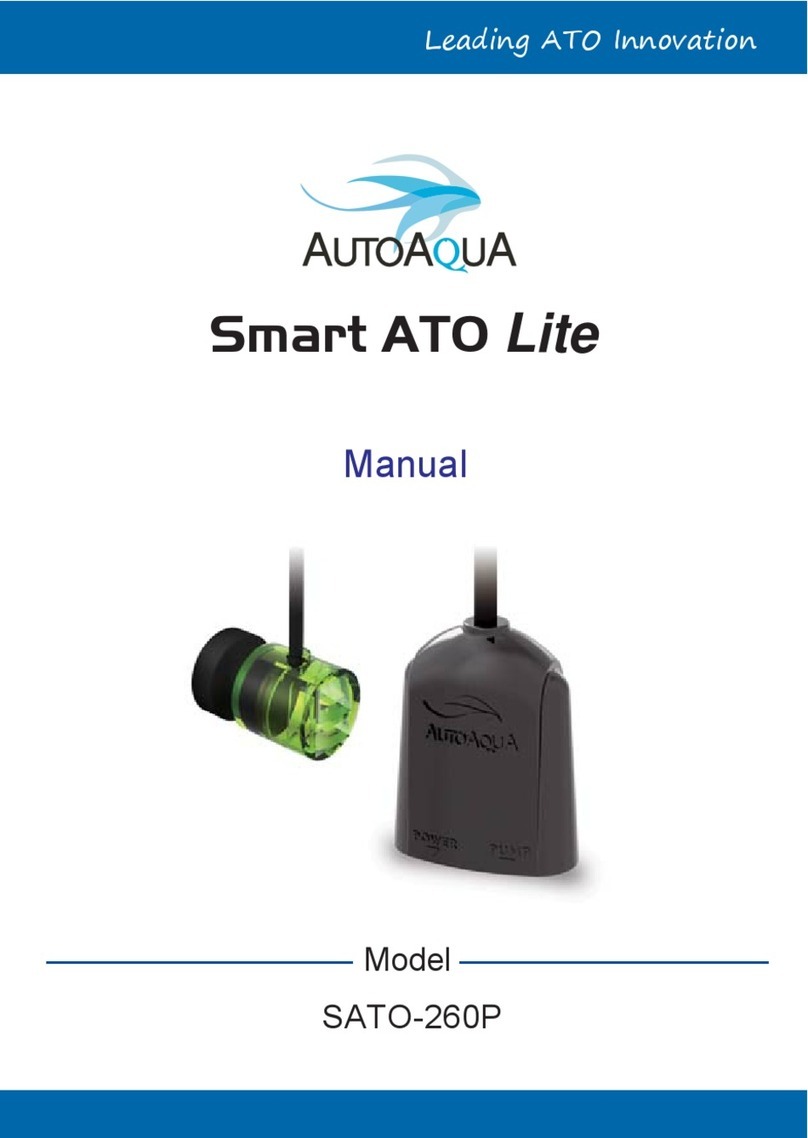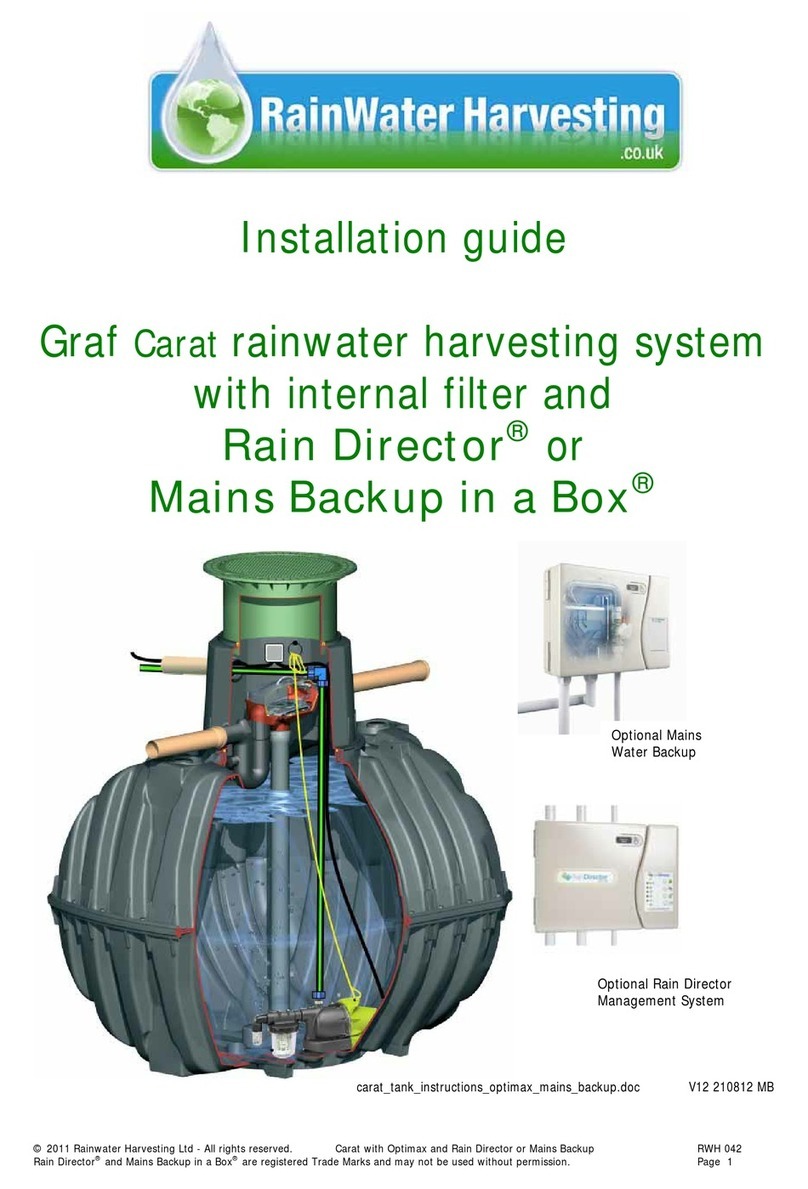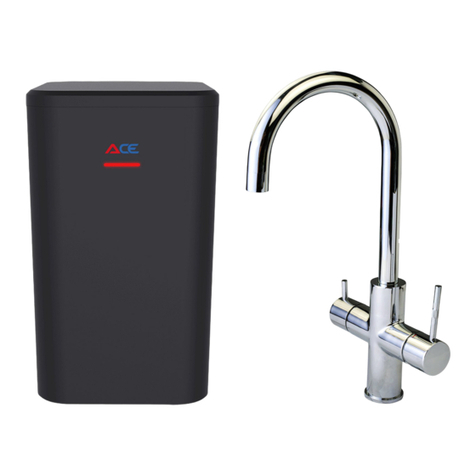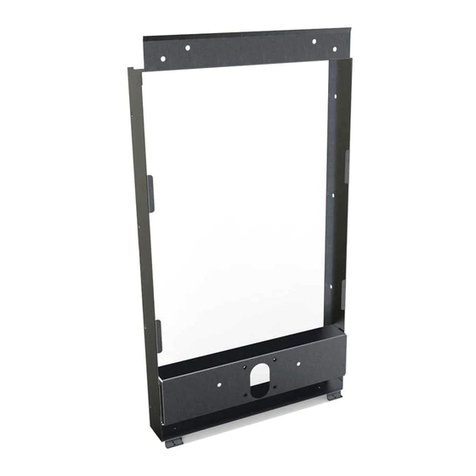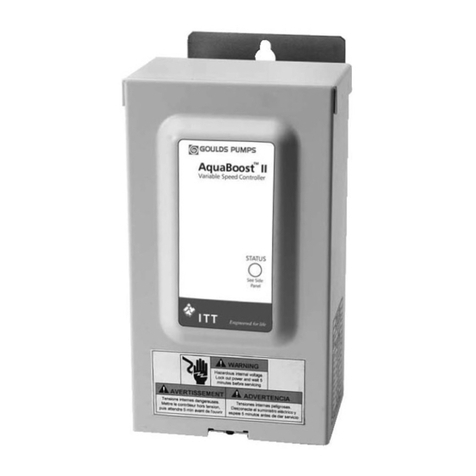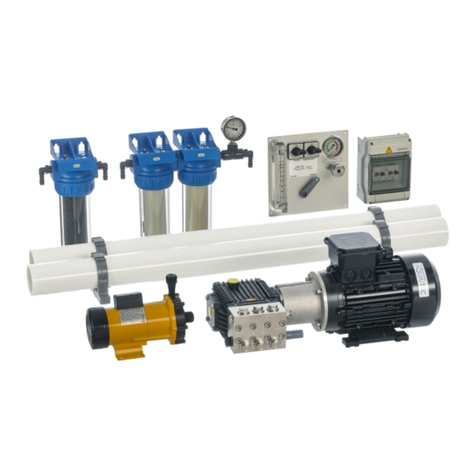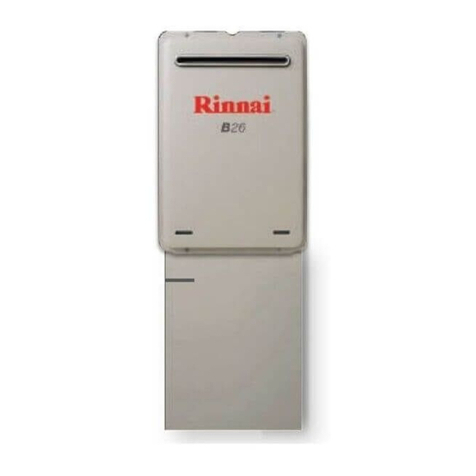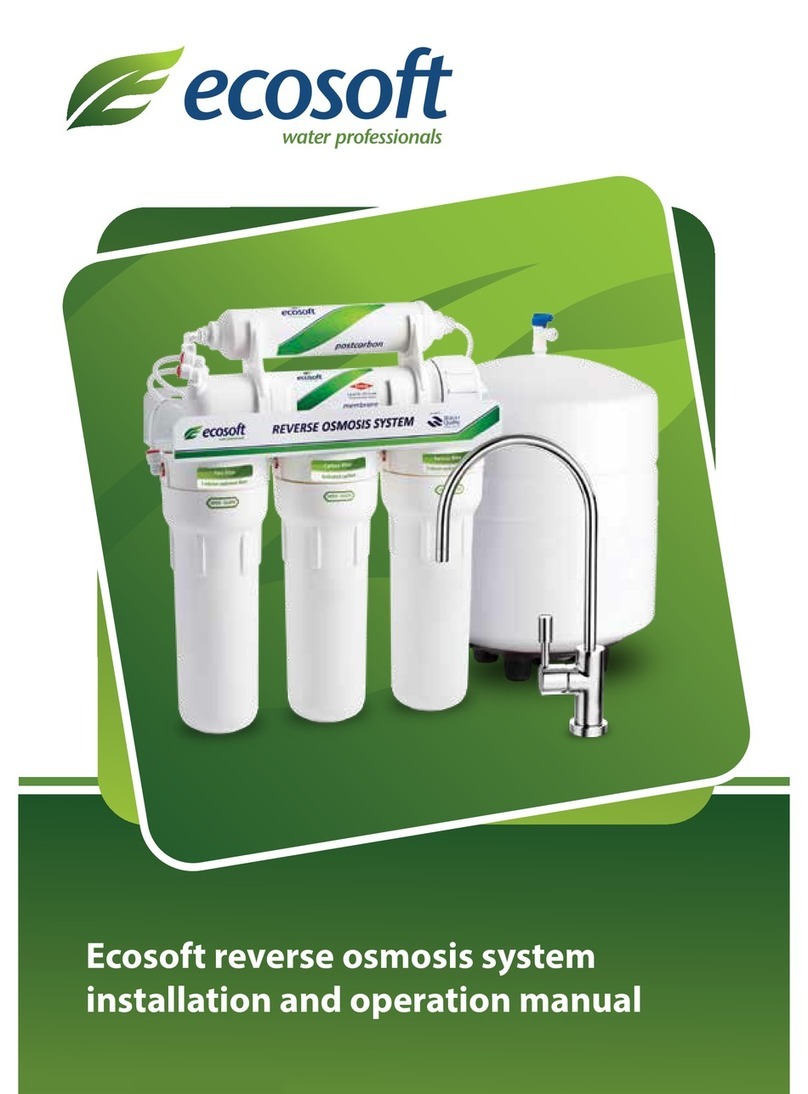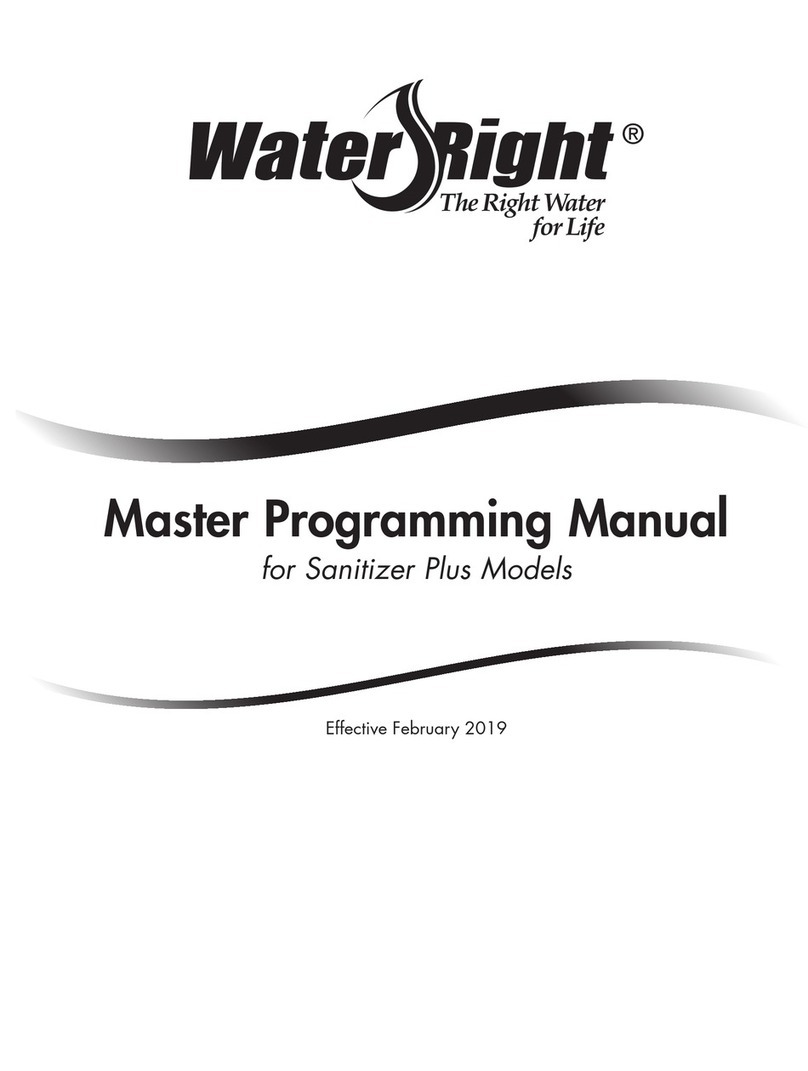
13
SECTION V. OPERATION & MAINTENANCE
A. Normal Operation
1. It is normal for the Total Dissolved Solids
(TDS) of the water to be higher than normal
during the rst 5 gallons of operation; this is
due to the sanitizing solution and the new
Post Filters. After this water is rinsed to drain,
the removal rate should stabilize at a value of
greater than 75%. The Water Quality Monitor
was designed to measure water quality when
the R.O. system is making water. In order to
assure you are getting an accurate reading,
empty the holding tank, wait 15 minutes until
the system begins making water, and then
test the TDS with the monitor.
2. R.O. systems produce drinking water at
relatively slow rates; it can take up to 5 hours
or more to ll the Holding Tank. Normal
operation is to let the Holding Tank ll with
water and then draw water as is needed.
When the pressure in the Holding Tank falls
to a given pressure (as the water is being
used) the Automatic Shut–Off Valve (ASO
Valve) will start water production and the
system will rell the Holding Tank. When the
Holding Tank is full and no water is being
used, the ASO Valve will automatically shut
off the feed water to conserve water. The
more water that is used (up to the capacity
of the system) the better the R.O. system will
function. Other uses for the water are owers,
pets and rinsing glassware.
With each use it is recommended that you
run the faucet for at least 10 seconds prior to
using water. This is especially important if the
system has not been used daily.
After periods of non–use, such as a week
of vacation, it is better to empty the Holding
Tank and allow the system to produce fresh
water for use. If the system is not used for
3–4 weeks or longer, it is a good idea to
resanitize the system and to change the
prelter and post lters.
B. Changing Modules
THIS R.O. SYSTEM CONTAINS MODULES
WHICH MUST BE REPLACED AT REGULAR
INTERVALS TO MAINTAIN PROPER
PERFORMANCE. USE ONLY FACTORY
APPROVED MODULES.
All individuals should take adequate precautions
when changing the lters, including wearing
protective gloves, to avoid direct contact with the
exhausted lters.
The recommended interval for changing the
modules (not the R.O. Membrane) is every
6 to 12 months. Typical T.F.C. Membrane life
expectancy is three years. Local conditions may
dictate more frequent changes.
NOTE: If the R.O. Membrane is to be replaced,
see Sec. IV, F.1–2 for the proper procedure.
Use a drip pan to catch any water that may spill
when the Filter Modules are removed. Refer to
Fig. 1 for component location.
1. Close the Feed Water Saddle Valve by
turning fully clockwise and open the
Dispensing Faucet. Allow the Holding Tank to
empty.
2. Loosen and remove the Sediment/Carbon
Module and the Activated Carbon Module.
Discard the modules.
3. To sanitize the system and replace the
modules:
•Unwrap the new Sediment/Carbon Module.
•Using an eyedropper put 5 ml (this is
approximately 1 tsp.) of a good quality
unscented 5¼% liquid household chlorine
bleach down the center tube of the Module.
•Check the Module O-ring for proper position
in its groove, engage and tighten the
Module hand tight only.
•Unwrap the new Activated Carbon Module.
•Check the Module O-ring for proper position
in its groove, engage and tighten the
Module hand tight only.
•Close the Holding Tank Valve.
•Disconnect the yellow product water tubing
that runs from the Holding Tank to the
Tee (see Fig. 1). Put 50 drops of bleach
(this is ½ tsp. or 3 ml) into the tubing and
reconnect it to the Tee.
NOTE: Now is the convenient time to
change the In–Line Activated Carbon Post
Filter, see Sec. V, C.1–6.
•Slowly open the Feed Water Saddle Valve.
When water begins dripping out of the
Dispensing Faucet, in the following order,
close the Faucet and then open the Holding
Tank Valve.
•Do not open the Faucet for at least 8 hours.
•Discard the rst three full tanks of water
produced, they will contain chlorine.




















